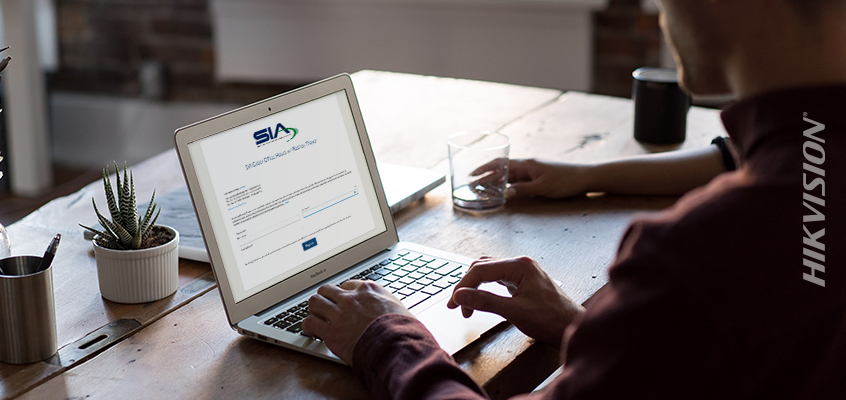Security Industry Association Implements New Cyber Office Hours to Help Members Address Cybersecurity Concerns, Vulnerabilities
Hikvision Director of Cybersecurity Serves on SIA Cybersecurity Advisory Board
The Security Industry Association (SIA) recently announced its new SIA Cyber Office Hours program, which allows SIA members to ask key questions and receive responses regarding cybersecurity in order to improve their cyber-readiness, and help them address vulnerabilities and reduce security concerns.
SIA members can register online for the Cyber Office Hours webinars, which are hosted monthly on the third Thursday of each month. Sessions are one hour and hosted online with SIA member and security consultant Rodney Thayer from Smithee Solutions.
In the inaugural session on July 19, 2018, Thayer directs organizations to the U.S. Government’s National Institute of Standards and Technology (NIST) National Vulnerability Database, advising vendors about how they are scored, and what constitutes robust, cyber-secure manufactured products. Participation in public dialogue and proactive cybersecurity initiatives are also important, according to the July webinar.
Cybersecurity questions for future forums should be posted on the SIA 360 members-only discussion forum, or emailed to Joe Gittens, SIA’s director of standards. Questions will be reviewed and answered on the next Cyber Office Hours webinar.
Participating in the SIA Cyber Office Hours program is entirely free for SIA members and accessible to SIA members only. Sessions will be recorded for participants that can’t participate in real time.
Hikvision has been proactive with various cybersecurity initiatives over the last year, including the creation of a cybersecurity hotline to support partners and active participation on the SIA Cybersecurity Advisory Board.
Hikvision Director of Cybersecurity Appointed to SIA Cybersecurity Advisory Board
Earlier this year, Hikvision’s director of cybersecurity, Chuck Davis, was appointed as a member of the SIA Cybersecurity Advisory Board. The board is designed to guide SIA members in addressing potential cybersecurity threats, develop prescriptive guidance, and advocate for strategies and solutions for issues impacting the physical security industry.
Davis has worked for more than 20 years building cybersecurity programs for large enterprise organizations, including as executive security architect for IBM before joining Hikvision in 2017.
In the Security Sales & Integration announcement of his appointment to the board, Davis said: “Effective cybersecurity defense requires an industry-wide effort, and the SIA Cybersecurity Advisory Board is one of the industry’s leading resources,” says Davis. “I’m honored to join the board, and look forward to working with other board members on this critical issue.”
To read the entire Cyber Office Hours announcement on the SIA website, click here. For more about Hikvision and cybersecurity, visit this link.

